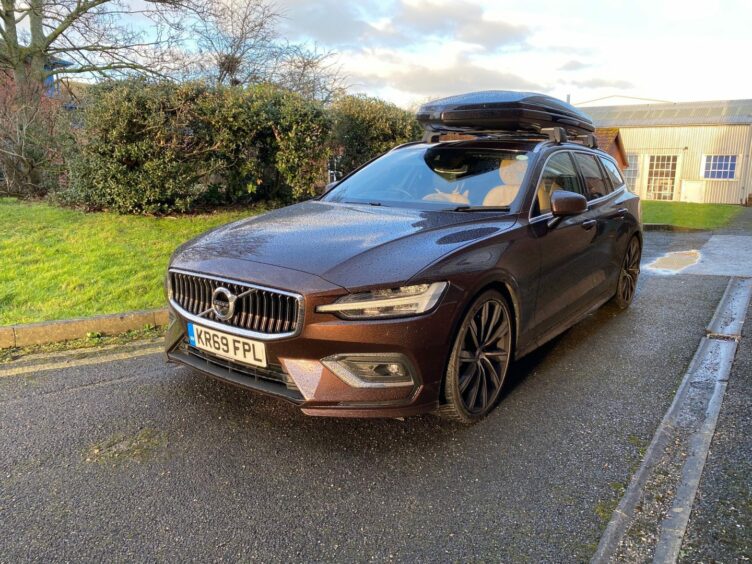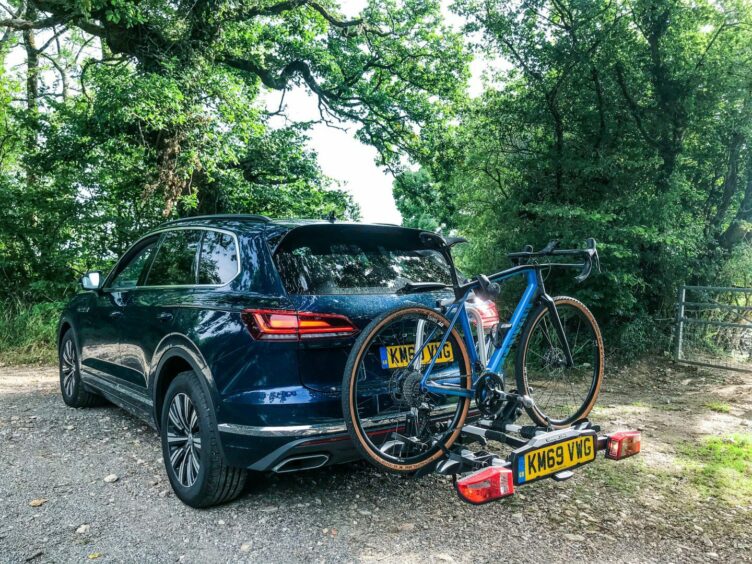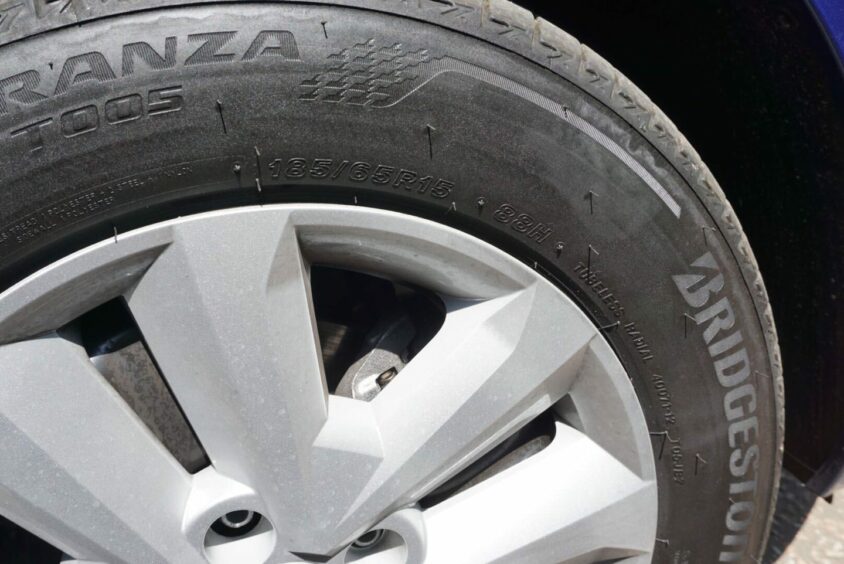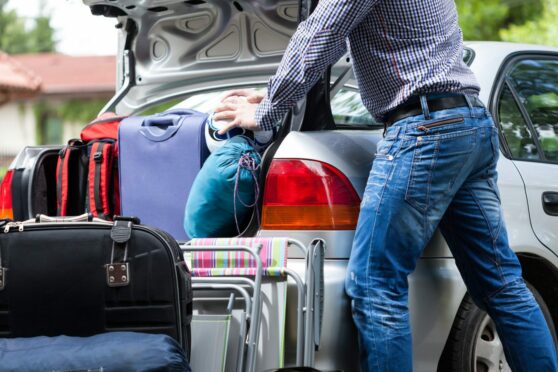There are few things more exciting than heading out on a big adventure in the car.
The promise of open roads, different scenery and a distant destination can all be very inviting, particularly during summertime when the weather is better.
But packing the car? That’s usually an altogether less palatable experience.
However, if you are heading out on a big trip this summer, check out a few tips and tricks to make that packing process easier. Let’s check them out.
Start with your least-needed items first

There’s nothing worse than stopping mid-journey to retrieve something, only to find that it’s at the very bottom of the boot. So have a little think about what you might need during your travels.
Keep things like foldable chairs and bedding lower down, so that you can keep the bits you might need in a more accessible place.
Up front, you’ll want to keep those much-needed items – like phone charging cables or sunglasses – close to hand, so keep them in the side pockets where you can easily grab them while on the go.
Load heavier items lower down
If you’re bringing along heavier items like barbecues or tent bags, then it’s a good idea to position them lower down in the car to help with weight distribution. Even if you put them on the boot floor it’s a good start.
Plus, by doing this, you won’t have to lug these heavyweight items up and over the rest of your kit when loading and unloading.
Roof box mounting and weight limits

Roof boxes are a popular way of expanding the load-carrying ability of your car and they come in all shapes and sizes too. With a variety of versions available, they fit pretty much every car on sale and there’s good reason why so many people opt for them.
If you’re planning on travelling with a roof box, then make sure it’s firmly attached using the manufacturer’s instructions.
It mustn’t extend beyond the dimensions of your car, while all vehicles come with a maximum roof loading weight so check the car’s handbook to make sure that you’re well within the limits.
Check that bike racks are correctly secured

It’s always nice to head out on two wheels when you’ve arrived at your destination, but bicycles aren’t known for being easy to transport. It’s why bike racks are a go-to option for many people as a way of bringing one along.
They need to be correctly mounted, however. If they’re at the back of the car they can’t block the number plate and they shouldn’t be overloaded, either. In fact, if a rack blocked the view of a licence plate, the driver could be hit with a fine of up to £5,000 and given penalty points, too.
You could use a roof-mounted rack to be doubly sure that you avoid this possibility, mind.
Check if your tyres need extra air

If you’re loading a lot of extra gear into your car, then it’s a good idea to double-check whether or not the tyres need additional pressure.
You can check this via the label inside the driver’s door. It’ll show the extra weight and how much the tyre pressures need to be adjusted.
Changes in performance

When fully loaded, you might notice that your car reacts differently than usual. It’s something to bear in mind as, when carrying extra weight, a car’s braking distances will be longer than normal, while the handling might feel a little blunted.
You’ll also find that the engine will have to work harder to keep the car up to speed which will, in turn, have an impact on fuel economy. It’s all worth keeping in mind.
